But how do we move so quickly? It all comes down to adaptations of our hind limbs, millions of years in the making.
The Science of Legs
 We take for granted our ability to move around on two legs, but it's kind of a big deal. Almost every other land animal runs on four legs, not two. I say almost, because there are notable exceptions...
We take for granted our ability to move around on two legs, but it's kind of a big deal. Almost every other land animal runs on four legs, not two. I say almost, because there are notable exceptions...But we are the only animal that runs on two legs and has no tail to act as a balancing mechanism. This requires some specialization.
Interestingly enough, it was by losing our tail that we were first able to frequently assume upright postures. All those muscles that used to control our tail were re-purposed to hold up our guts. Really.
Our pelvis sits at the bottom of our torso and without those muscles there, our guts would just fall through our pelvis. Gross, yes, but true. The muscle is what holds everything up, and we wouldn't have that if we still had those muscles going out for our tail.
(Why does that Utahraptor above not have this problem? Well, honestly, they don't stand like we do. They aren't "upright"...they don't have their pelvis rotated like ours for that problem to even exist.)
Humans aren't the first primates to have this issue. It's actually an issue for all apes. One big thing about being an ape, is that we tend to sit in upright positions, freeing our hands to manipulate objects. That's the leading theory as to why our tails shrunk up and disappeared over generations in the past.
But being upright is just step one on the way to running on two legs. Next, we had to somehow change from moving around with help from our hands, to moving solely on two feet.
Other apes walk on two feet. Some quite frequently. But no other ape can walk only on two feet all day, every day. That's the realm of humans.
The switch to bipedalism (two-legged walking) meant that we needed to rearrange some muscles and change the shape of some of our bones. There are countless changes that took place over millions of years and I obviously don't have time or space in this post to go into them all. Therefore, I'll just concentrate on two big changes: the rearrangement of our gluteal muscles and the change in our foot bones.
Gluteal muscles help keep us standing upright. They pull us back up when we've jumped and are trying to re-straighten our bodies. Gluteus maximus pulls our thigh back from a bent position at the hip. Gluteus medius and minimus help us stay steady standing on one leg. They tighten on the outer edge of our leg to keep us from buckling in, since our center of mass is in the middle of our bodies and being on one leg makes it hard not to fall inwards towards that.
In other animals, these muscles are smaller and less important. Gluteus maximus in particular is barely existent in most other species. They're essentially just muscles that rotate the thigh, so for most animals, they don't need giant muscles to help with that. But we do. And that's one of the major changes that had to take place to make bipedalism possible (and comfortable!).
The other big change was in our foot structure. Instead of having an opposable big toe like other apes, ours is in line with the rest of our toes. In addition, we've developed an arching pattern in our foot bones. This major change helps conserve energy while walking and running. Instead of having our weight go from the heel, through the center of the foot, and out through the center toes upon lift-off, our weight transfers from our heel, through the outside of our foot, to the ball of the foot, and out the big toe which is better at supporting the weight.
So that's a bit of explanation of what it took to get us on two legs. But how did we start running on two legs?
That's where tendons come in. We've got some pretty amazing tendons in our legs, rivaling those of freaking antelopes. Particularly our Achilles tendon. It's huge. These tendons act like rubber bands, springing us forward and yanking our legs back into place for the next step. Rearranging bones and muscles might have started us walking on two legs, but it was strengthening the tendons that got us running.
But why? Why did we change to start running? We aren't really that fast, compared to other animals. The scary cats could easily chase us down to eat us, so what did all this running help us to do?
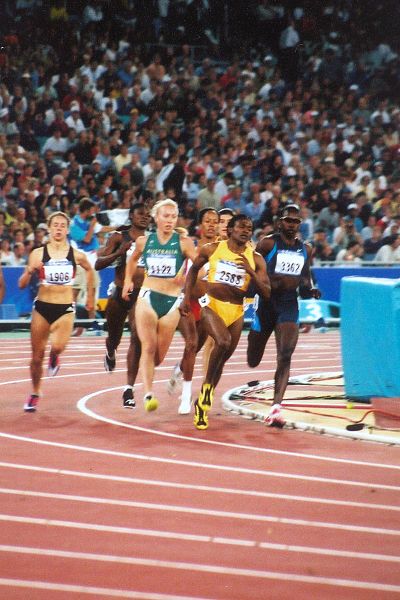 The leading idea is that it got us meat. Maybe we couldn't out-sprint the things hunting us, but we could out-last the things we were hunting. We aren't cheetah-fast, but boy can we ever run marathons. Humans are great at running consistent speeds over long distances. Humans still do this today to catch food. Hunters chase down their prey for hours and hours, tiring out the animal until they can't move any more. Then we strike.
The leading idea is that it got us meat. Maybe we couldn't out-sprint the things hunting us, but we could out-last the things we were hunting. We aren't cheetah-fast, but boy can we ever run marathons. Humans are great at running consistent speeds over long distances. Humans still do this today to catch food. Hunters chase down their prey for hours and hours, tiring out the animal until they can't move any more. Then we strike.It's one idea, at least. Though, I'm pretty sure catching gazelles isn't what most of the Olympians will be thinking about during their runs over the next few days. That's the coolest part of all of this, in my opinion. Taking things that evolved to help us in one way, and applying them in a brand new way. Just like typing on this keyboard right now. My fine motor control did not evolve to let me write blog posts, but that's what I get to do with those skills in the modern world.
So the evolutionary story continues.
PS: For those curious and wanting more information, here's a great article about the evolution of running.
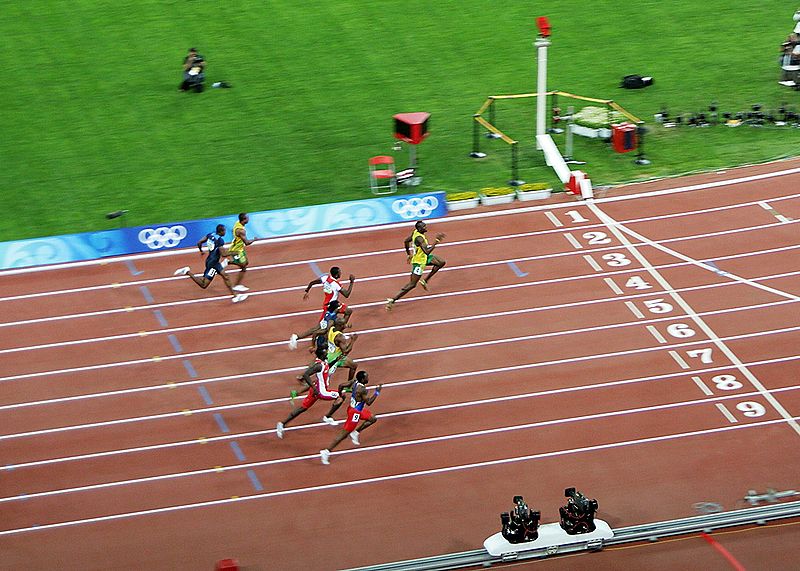
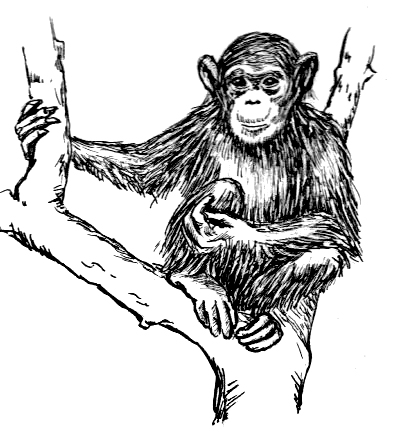
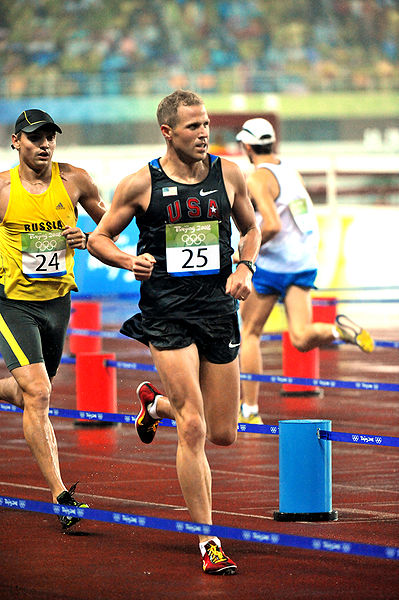
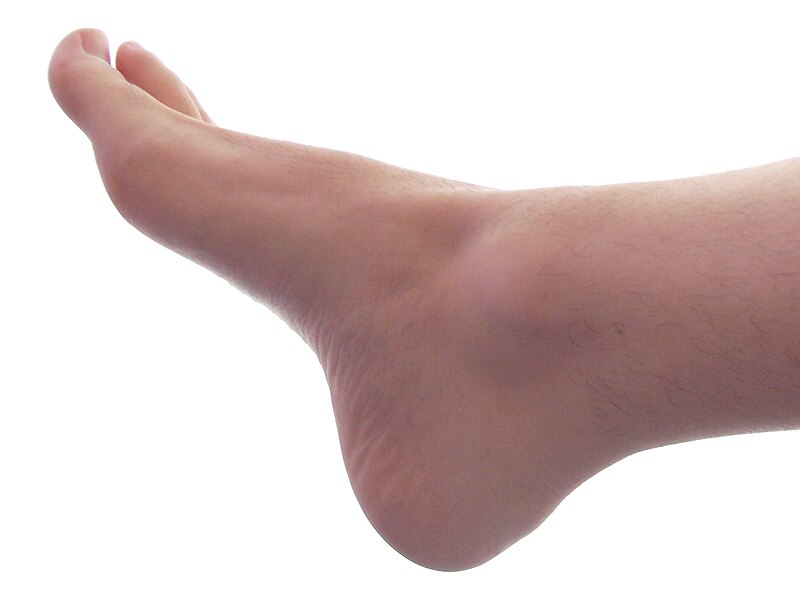
No comments:
Post a Comment